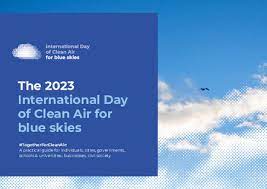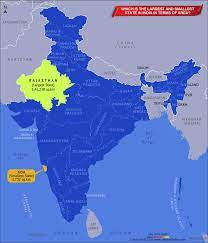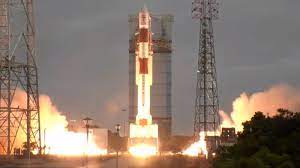
Chandrayaan-3 to be launched on July 14: India’s lunar mission Chandrayaan-3 is going to be launched on July 14, at 2:35 P.M. from Satish Dhawan Space Centre in Sriharikota announced by the Indian Space Research Organisation (ISRO).The date was later confirmed by Secretary of Space department and ISRO Chairman S. Somnath at a press briefing on the sidelines of the G-20 Fourth Economy Leaders Meeting in Bengluru.
About the Chandrayaan-3
Chandrayaan-3 is a follow-up mission to Chandrayaan-2 that will demonstrate end-to-end capability in safe lunar landing and wandering. The Lander and Rover configurations make up Chandrayaan-3. Chandrayaan-3 will be launched by Launch Vehicle Mark-III (LVM-3) from Sriharikota’s Satish Dhawan Space Centre. Chandrayaan-3 is consists of Lander Module (LM), Propulsion Module (PM) and a Rover with an objective of developing and demonstrating new technologies required for Interplanetary Missions. The Lander and the Rover have scientific payloads to carryout experiments on the lunar surface. The launcher identifies for Chandrayaan-3 is GSLV-MK3.
Process of launching of Chandrayaan-3
Chandrayaan-3 is expected to soft land between August 23 and 24 at moon’s South Pole, the area which will have sunlight. The spacecraft’s solar panels must be exposed to sunlight. If neither of these dates is satisfied, the landing will be postponed until September, when the moon will be lighted. The moon is visible for 14-15 days.
Objectives of Chandrayaan-3
- To demonstrate safe and soft landing on the lunar surface.
- To demonstrate Rover roving on the moon.
- To conduct in-situ scientific experiments.
Technologies used in Chandrayaan-3
To achieve the objectives of the mission, several technologies are used in Lander and that are:
- Altimeters: Laser and RF based Altimeters.
- Velocimeters: Laser Doppler Velocimeter and Lander Horizontal Velocity Camera.
- Inertial Measurement: Laser Gyro based Inertial referencing and Accelerometer package.
- Propulsion System: 800N Throttleable Liquid Engines, 58N altitude thrusters and Throttleable Engine Control Electronics.
- Navigation, Guidance and Control: Powered descent trajectory design and associate software elements.
- Hazard Detection and Avoidance: Lander hazard detection & avoidance camera and processing algorithm.
- Landing Leg Mechanism.





